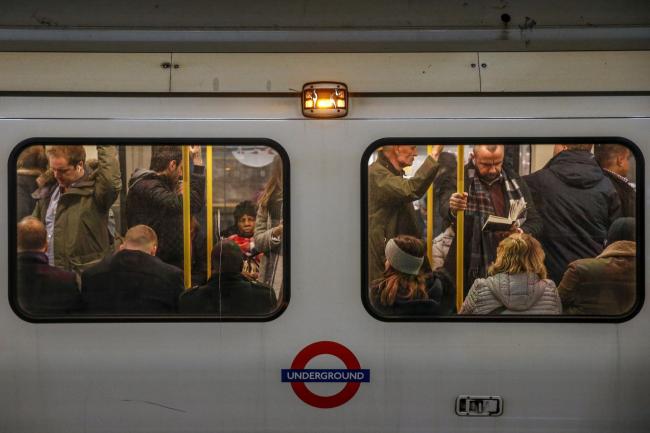(Bloomberg) -- The U.K. labor market displayed further signs of nervousness around the now-postponed Oct. 31 deadline to leave the European Union.
Vacancies fell below 800,000 for the first time in two years and wages grew at their slowest annual pace since 2018, the Office for National Statistics said Tuesday. Employment rose marginally, leaving the jobless rate unchanged.
With a victorious Boris Johnson promising to take Britain out of the European Union by the new deadline of Jan. 31, the hope is that the confusion that has hung over the economy -- and spread to the once resilient labor market -- will now begin to dissipate.
The uncertainty is far from over, however, as Britain and the EU face the task of striking a trade deal in just 11 months. The prime minister is set to raise the stakes by making it illegal to extend the proposed transition period, meaning the U.K. would crash out of the EU at the end of next year unless an agreement is reached.
Key Insights
- The number of people in work rose 24,000, with people working for themselves accounting for all of the increase.
- Unemployment fell 13,000, and the jobless rate stayed at 3.8%, matching the lowest since the mid 1970s. The participation rate was unchanged over the quarter. Female unemployment fell to a record low
- Vacancies fell by 20,000 in the three months through November to 794,000, the lowest level since 2017Average earnings excluding bonuses slowed to an annual 3.5% in the period through October from 3.6%
- Total pay growth slowed to 3.2%, the least since 2018. The sharp decline from 3.7% in September -- the biggest drop since 2015 -- reflected strong bonus payment a year earlier
- Wage growth in October alone was 2.4%, the least since June 2018
- Wages are still outpacing inflation of just 1.6% during the period, boosting household incomesNew real-time data shows median monthly pay grew by 3.4% in October
